New F1 rules 2024
Formula 1 is the most innovative sport in the world, which also means that rules are always evolving. Below you will find the new Formula 1 rules for 2024.
Significant changes come in 2026 in terms of engines, which many are eagerly anticipating. However, teams are not yet allowed to work on their 2026 cars, which can only be done so from early 2025.
In 2023, all teams could request a 'right to review', which happened several times. Through this, teams could challenge the outcome of a race, having 14 days to do so. In 2024, teams will only have four days [96 hours] to make such a request. Additionally, if approved, they must pay €6,000 to the FIA.
Extreme weather conditions and a new sprint format
During the Qatar Grand Prix last year, the FIA was placed under pressure due to extreme conditions. Many drivers felt unwell or nearly fainted due to the heat. On the straight, you could see many drivers cooling their hands by removing them from the steering wheel. To better cope with weather conditions in 2024, multiple air ducts will be allowed to provide more cooling for the driver. Research is still ongoing for additional cooling options for more extreme conditions.
The format of sprint races will be changed. Previously, both the sprint shootout and the sprint race took place on Saturday. However, now on Friday, there is the first free practice, followed by the sprint shootout. Then, on Saturday, there is the sprint race followed by the qualifying for the Grand Prix on Sunday.
DRS change and reversal of engine rule change
Last year, all teams had four engines per driver at their disposal, but this year that number was set to be reduced to three engines per driver, with a penalty for using a fourth engine.
However, this plan is not going ahead, as the FIA, F1, and the teams have decided to keep the number of allowed engines per driver at four. Last year, most teams managed with four engines per driver, but with two extra Grand Prix weekends this year, the reduction would likely result in more penalties.
There is also a change in the use of DRS. It will now be allowed immediately after the first lap and also on the second lap after a safety car period. Previously, drivers had to wait until lap three before activating DRS, but now this is only one lap, provided they are within one second of the car ahead.
Increase in CapEx limit | Large difference per team
To ensure that the biggest teams do not have a fixed financial advantage, teams are now allowed to spend more over a four-year period on capital investments [CapEx] to upgrade their facilities.
What was a limit of $45 million [€41 million] for the past four years has been raised to $65 million [€60 million] for the four teams that have finished at the bottom of the standings since 2020 [Haas, Sauber (Stake F1), RB, and Williams].
The three teams that have been in the middle of the standings during that time [McLaren, Aston Martin, and Alpine] all have an increased CapEx limit of $58 million [€53 million], while the top three of Red Bull, Mercedes, and Ferrari are allowed to spend $51 million [€47 million] over the four-year period.
Less testing time during the pre-season test days
As February approaches, Formula 1 slowly starts to come back to life, with team livery reveals and filming days for the new cars. In 2024, teams are given two days to take photos and videos at a circuit and complete 200 kilometres of running, an increase from 100 kilometres in 2023.
The official [winter)] testing days took place from February 21-23 in Bahrain, from 10:00 AM to 7:00 PM local time. This amounts to nine hours, including a one-hour break around midday, instead of the 9.5 hours in 2023. This is half an hour less than last year.
Ban on what fans can bring to circuits
Starting in 2024, the FIA will impose a complete ban on the use of 'pyrotechnic' products as per the International Sporting Code. This includes all items containing exothermic substances intended for producing light, sound, smoke, gas, or any combination thereof. These items include flares, smoke bombs, and fireworks, among others.
Significant increase in potential fine amounts
In the past, the maximum fine stewards could impose under the International Sporting Code was €250,000 [£215,000, $270,000], but this has quadrupled to €1 million this year.
Other categories have also seen an increase, as the FIA stated that the amount had not been revised for over 10 years.
Stricter requirements for the roll hoop
The requirements for the roll hoop have become even stricter. This is partly in response to Zhou Guanyu's serious crash at the start of the 2022 British Grand Prix. In addition to the changes implemented last year in terms of roll hoop designs and minimum height, roll hoops must now also pass a much stricter safety test.
Change in testing of previous cars
Teams are allowed to use cars that are at least two years old as part of a testing program, often providing opportunities for young drivers. Due to the significant changes in regulations, the 2021 car was also allowed to be used in 2022, as there was so little overlap in information that it would not be valuable for the current car.
However, now that the 2022 car has become part of the permitted 'Testing of Previous Car' (TPC) program, it has been clarified that all components must have been used at least once during an official testing session or race weekend to then be allowed on a test car. This is to prevent teams from testing components during a TPC run that could then end up on the current car.
The longest F1 calendar ever with 24 races
The calendar this year holds a record-breaking 24 Grands Prix. There are no new circuits added to the calendar, but China officially makes its return. The Chinese Grand Prix hasn't been held since 2020 due to the COVID-19 pandemic. The first race, due to Ramadan, takes place on Saturday, March 2, in Bahrain. The last race takes place in Abu Dhabi in the last month of the year, scheduled for Sunday, December 8.
Which F1 rules remain the same?
There are no significant changes planned for the F1 cars in 2024. The engines remain unchanged until 2026, and there are no planned changes for the tyres, as well as for the majority of the technical regulations.
Don't miss out on any of the Formula 1 action thanks to this handy 2026 F1 calendar that can be easily loaded into your smartphone or PC.
Download the calenderMost read
In this article
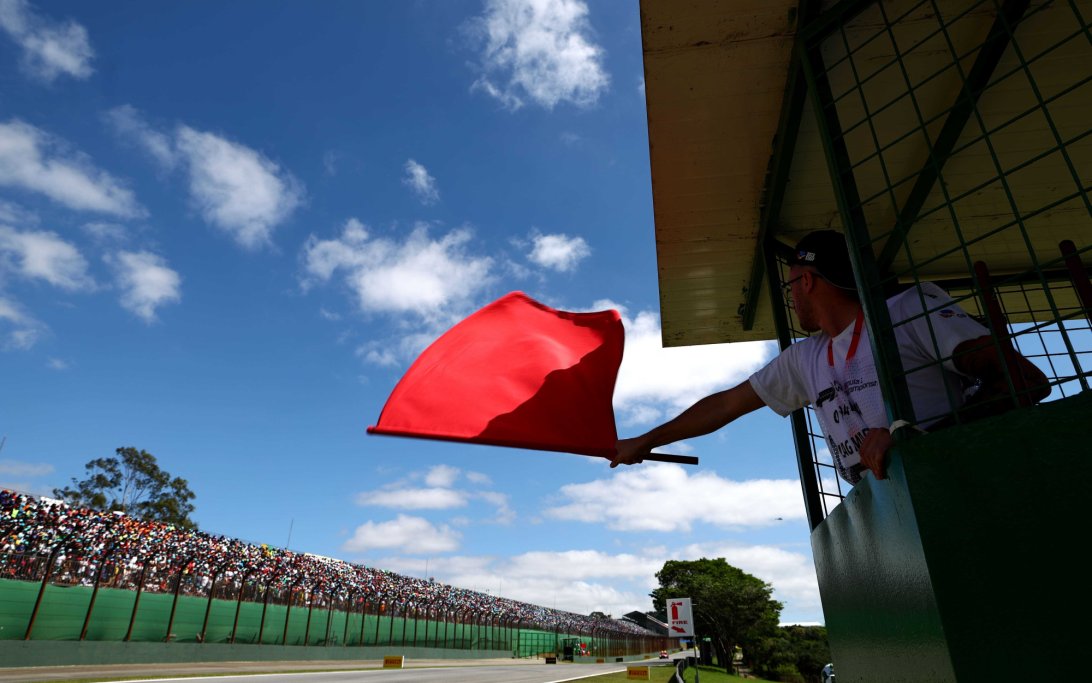
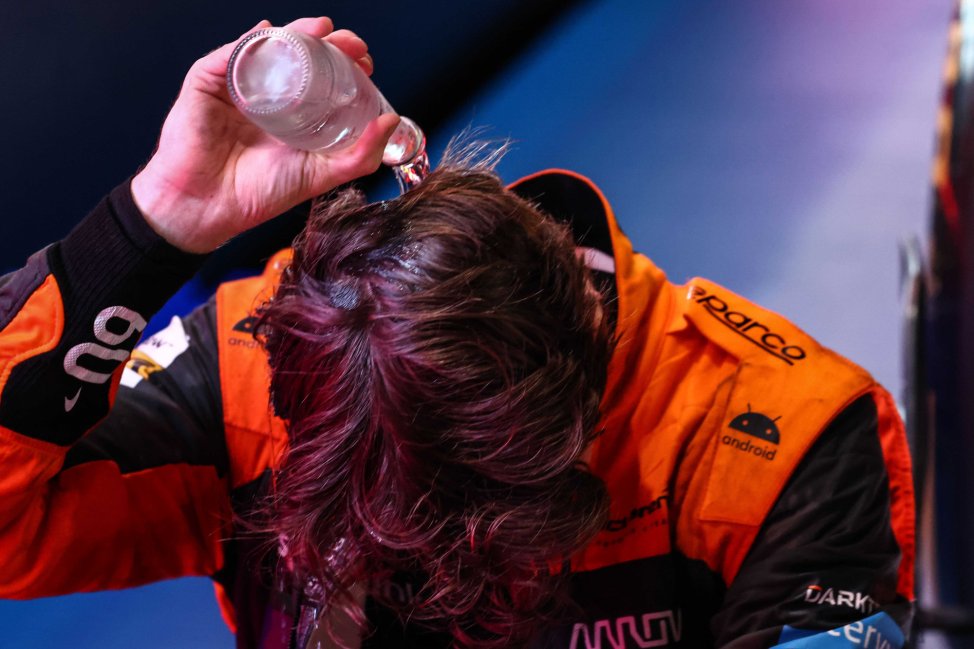
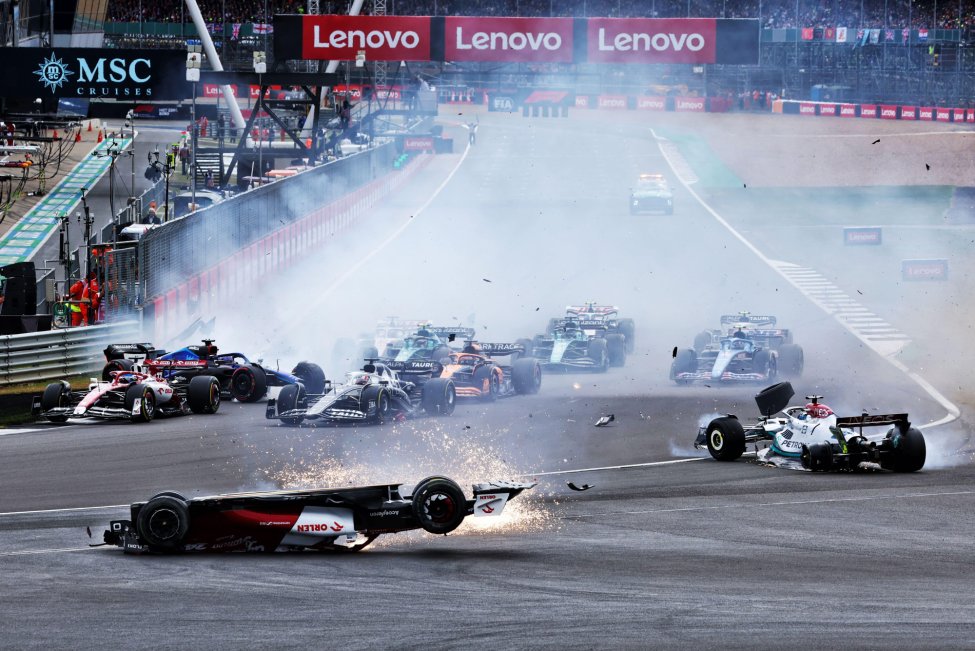
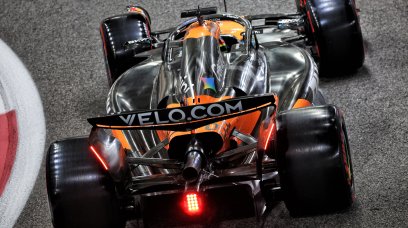
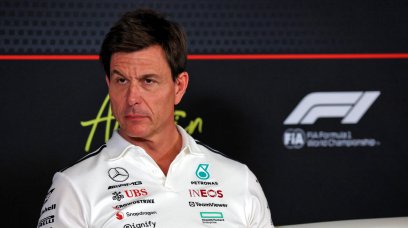
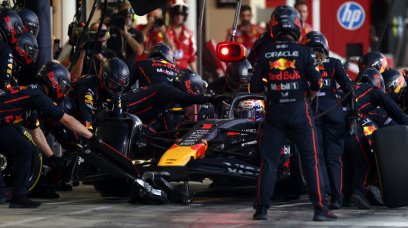
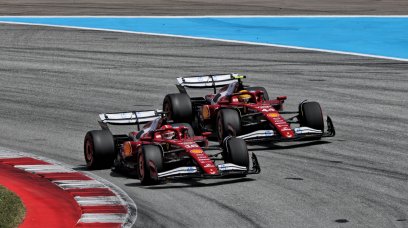
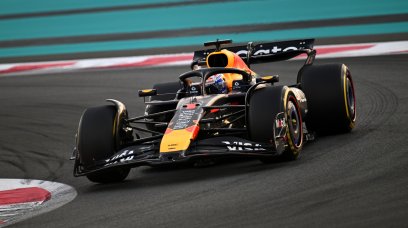

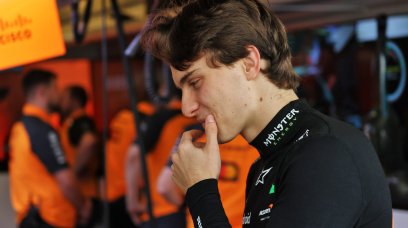
Join the conversation!